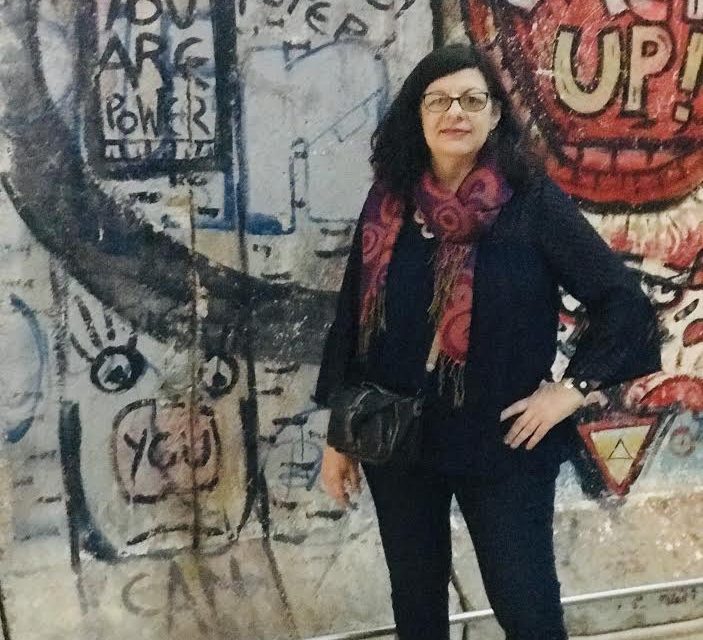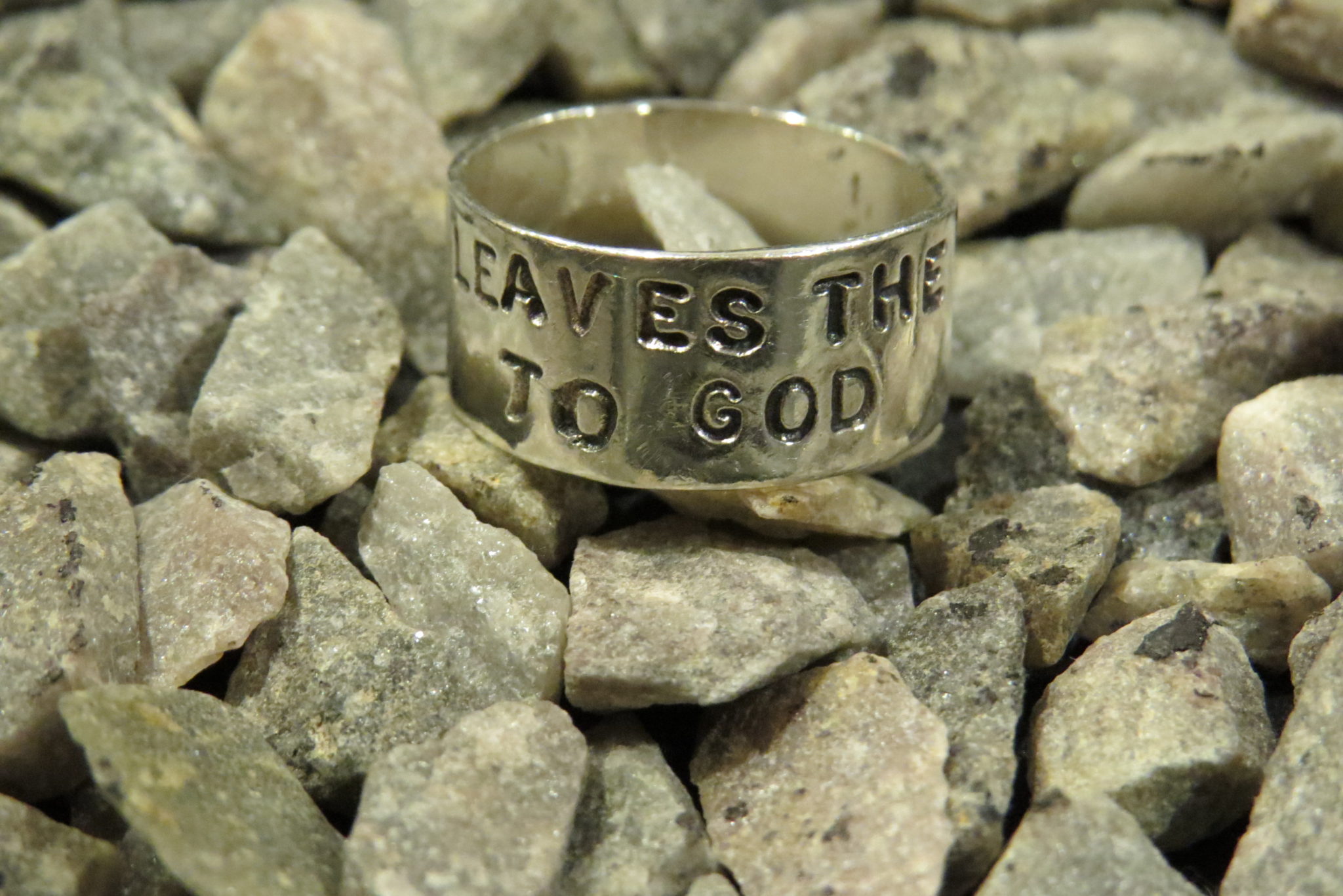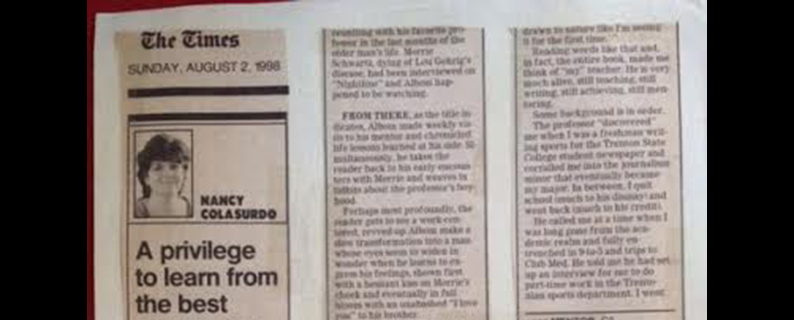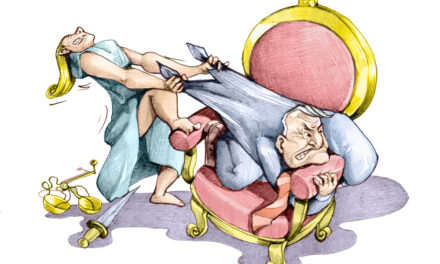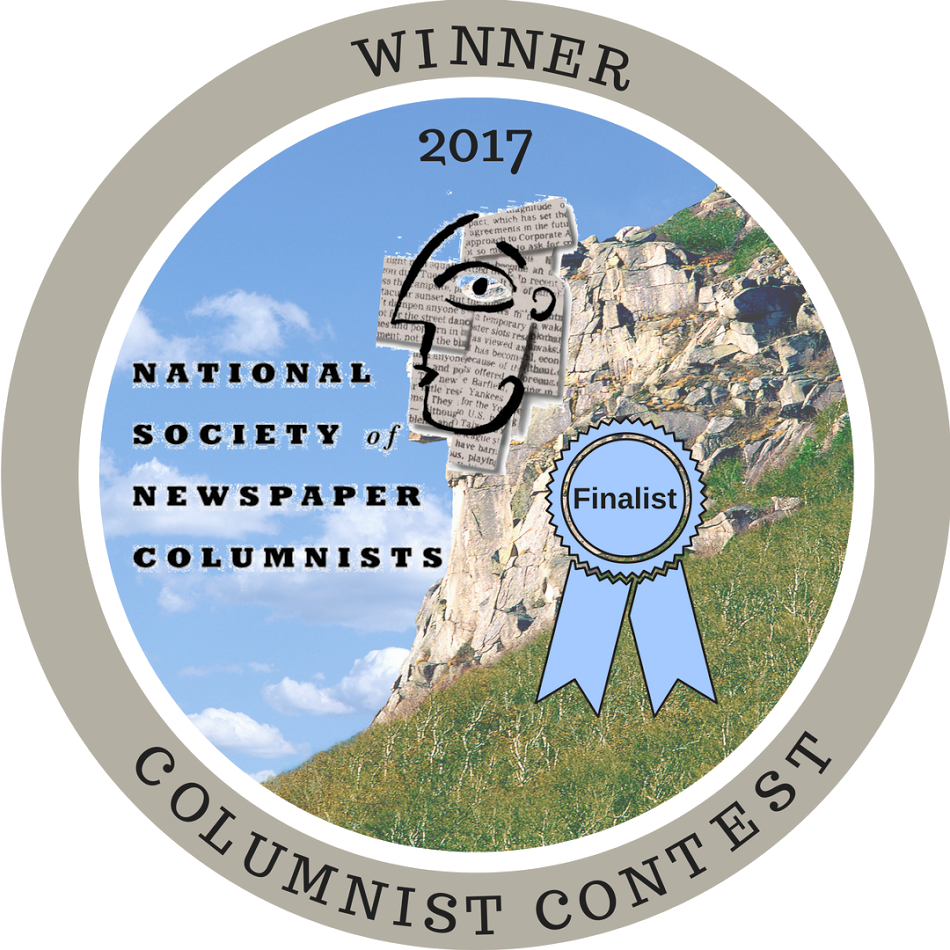Within minutes of reading on social media that the Newseum would be closing at the end of 2019, I received an email from a Washington, D.C.-based friend sharing the news. What a blow to journalism, I thought. Without hesitation, I put a trip in motion so I could pay my respects.
As a veteran journalist, I’ve been witnessing the decimation of my field as digital advances changed the way we consume news. According to data from the United States Department of Labor Statistics, there were nearly 458,000 journalism jobs in 1990 and it fell to about 183,000 in 2016; that’s a drop of almost 60 percent in 26 years.
But never could I have imagined that journalism would take an arguably greater hit perpetrated by a U.S. President for his own self-preservation. Donald Trump’s use of the term “fake news” and his steady expressions of disdain for the media are working.
Since he told CBS journalist Lesley Stahl in 2016 that he does it to “discredit you all and demean you all so when you write negative stories about me, no one will believe you,” he’s kept to his word, orally and via Twitter.
Add in the way the press is viciously confronted by the President’s supporters at his rallies and the journalists who have been bullied by U.S Customs border agents when returning to the country and declaring their occupation, and it’s easy to see the chilling climate he’s fostered has become layered and more entrenched. Not only that, according to a recent New York Times editorial, “When an American president attacks the independent press, despots rush to imitate his example. Dozens of officials around the world — including leaders of other democracies — have used the term since Mr. Trump legitimized it.”
What is going on? Where are we? Why am I holding on in this profession when some days it is clearly showing me the door?
All of this is the context I was holding as I digested the unfortunate demise of the Newseum. The Trump effect is not the cause, mind you, but nonetheless it makes the journalism museum’s end feel like another triumph in Trump’s media war. My recent visit there, aptly on prime Pennsylvania Avenue real estate, filled me with wonder and nostalgia with a tinge of defeat cutting through all that positivity.
Sonya Gavankar, director of public relations for the Newseum, has heard this before, mostly from news people. But the closure doesn’t feel bittersweet to her.
“The state of journalism and the craft of journalism and the First Amendment is bigger than one building,” Gavankar said in our recent interview. “The work we do at the Freedom Forum, the parent organization of the Newseum, will continue on and the reason we want to continue on is because there’s important work to be done. And to do that, it doesn’t need to be in a brick and mortar situation. And to do that responsibly we have to give up the brick and mortar building.”
It had been a while since I’d visited the Newseum. As I stood in front of a section of the Berlin Wall – decidedly eerie and profound — and read the placards about the role the press played in that piece of history, I felt proud. Especially given all the “wall” talk we’ve had since the 2016 election. In a little theater room, watching Nellie Bly talk her way into an insane asylum to expose its practices in her pioneering role in investigative journalism was heady.
I read with dismayed interest a display about The Digital Disruption of News, scanned headlines of the day from all over the country and world, got a taste of what the founders had in mind when they spoke of our free press, was awed by a memorial wall of journalists who had died (including Jamal Khashoggi), posed in front of some studio sets of the Capitol and White House, and laughed at some political commentary clips from late night TV. The Pulitzer Prize Photographs Gallery was filled with images that made me gasp, reflect, remember.
Sigh.
My mind has been swirling with questions about my career for a few years. What am I doing with my life? Am I being stubborn? Is it time to throw in the journalism towel like so many others in the industry?
Yes. No. Yes. No.
NO.
Perhaps Gavankar unwittingly hit on why I landed on a decisive no.
“The journalists who are feeling the feels are thinking nostalgically for something that doesn’t exist anymore,” Gavankar said. “And as opposed to thinking about the past we have to think about how we can do our job in the future. We have so many opportunities to do our work in dramatically different ways, some of which haven’t been created yet. We have the opportunity to create them.”
As I try to create my “next” there is a call to network and explore and puzzle it out, which is simultaneously exhilarating and exhausting. That’s why I recently found myself with arms extended and legs spread, being wanded by a security guard at NBC headquarters at Rockefeller Center. The guard was congenial. I was cooperative because of course I fully understood the why. Not only was I visiting a colleague at a major media outlet, but just outside was a monstrous Norway spruce that was a day away from having its iconic moment. A “fake news” hater with violent intent could get more bang for his buck here.
My colleague apologized, but I waved it off. The scrutiny didn’t bother me. The fact that we’ve reached this point in our nation did. The fact that sometimes it feels like we’ve been bested by a President drunk on power does. The fact that we’re about to lose an institution that celebrates our free press does.
How could it not? Journalism school in the 1980s never prepared me for this.
But as I move forward, I prefer to dwell on Gavankar’s words. The Newseum is a building, not a monument to journalism. The work of the Freedom Forum goes on.
“Why should we lament the past when the change for the future has so many opportunities?” Gavankar said.
She is hopeful. I am trying to be.

